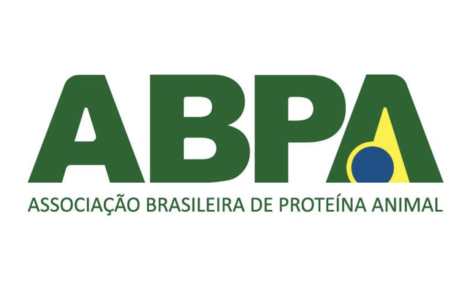



Coming to Grips with Drought Response Decisions
US - As discussions about deteriorating pasture conditions and escalating prices for feedstuffs continue, stakeholders throughout the industry are contemplating a host of drought-response alternatives for their operations, writes Glynn T. Tonsor, Associate Professor, Department of Agricultural Economics, Kansas State University.When producers simply have nothing available to feed their livestock their options are limited and the survival based decisions they make are understandable. However, what is not often talked about but is certainly important to appreciate is that "cutting the right costs" is critical in the grand scheme of things.
While feeder cattle prices have fell notably over the past couple months, they are still at historically high levels and the corresponding discounts for bringing to market a less desirable product (say from "saving" on dehorning or castration expenses) remain important to appreciate. Similarly, the historically high value of cull cows warrants monitoring body condition where feasible to avoid parallel discounts.
While these admittedly are two straw-men type examples, the general point is that even in dire times such as those facing many livestock producers a careful assessment of providing the market what it wants to the greatest extent feasible is imperative to profitability and perhaps even survival of one's business.
Another thing some producers may need to start trying to come to terms with is the history of how shocks such as the current drought can lead to unexpected changes in a business. These changes do not necessarily have to be adverse ones.
In fact, in retrospect these changes for some operations are less catastrophic than they appear during the understandably stressful period of transition.
I am motivated to share this point as I grew up on a farrow-to-finish swine farm which transitioned to a feeder-finish operation following escalation of corn prices in the mid-1990s.
This year's drought is placing similar pressure on many livestock operations.
I encourage all impacted producers to seriously evaluate their business not solely in the necessary "how do I survive the drought" context but also in a broader "should I adjust my business model" framework.
While this may seem out-of-touch to recommend at a time of such stress, the reality is for many producers this is exactly the period for such assessments and doing so may in time result in your operation being better positioned for the future. Moreover, as one who remains bullish longer term about the prospects of growing beef demand globally and the associated opportunities this presents seriously interested and capable producers, the importance of these broader assessments cannot be overstated.








